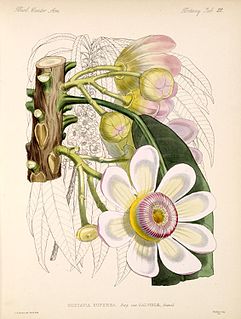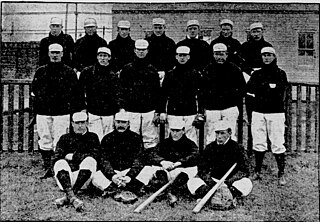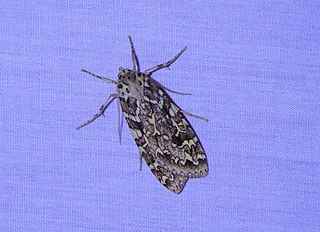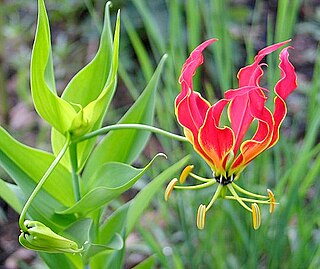
The hybrid elm cultivar Ulmus × hollandica 'Superba' is one of a number of intermediate forms arising from the crossing of the Wych Elm U. glabra with a variety of Field Elm U. minor. Boulger tentatively (1881) and Green more confidently (1964) equated it with a hybrid elm cultivated in the UK by Masters at Canterbury in the early 19th century, known as "Masters' Canterbury Seedling" or simply the Canterbury Elm. Loudon examined a specimen sent by Masters and considered it a hybrid, calling it U. montana glabra major.

Gustavia is a genus of flowering plants in the family Lecythidaceae described by Linnaeus in 1775. It is native to tropical Central America and South America. Many of the species are threatened; some are critically endangered Gustavia superba, though, is actually abundant in re-growing secondary forests. It grows in northern South America, from Panama south through the Andes as far as Ecuador, and along the Caribbean coast and in the Amazon basin.
The 1906 Brooklyn Superbas saw Patsy Donovan take over as the team's manager. However, another poor season led to a fifth-place finish.
The 1904 Brooklyn Superbas finished in sixth place with a 65–97 record.
The 1903 Brooklyn Superbas season was a season in Major League Baseball. The Superbas began their slide from contention in the National League by finishing in fifth place.

The 1901 Brooklyn Superbas lost several players to the newly official major league, the American League, and fell to third place.

Elysius is a genus of moths in the family Erebidae. The genus was erected by Francis Walker in 1855.

Isostola is a genus of moths in the family Erebidae described by Felder in 1874.

Phaegoptera is a genus of moths in the family Erebidae. The genus was proposed by Gottlieb August Wilhelm Herrich-Schäffer in 1853.

Semanga is a genus of butterflies in the family Lycaenidae. The genus was erected by William Lucas Distant in 1884.
Thysanoprymna is a genus of moths in the family Erebidae.

Viviennea is a genus of moths in the family Erebidae. The genus was described by Watson in 1975.

Acineta superba is a species of orchid and the type species of the genus Acineta found in Venezuela, Colombia, Ecuador and Peru.

Scea is a genus of moths of the family Notodontidae.

Scea grandis is a moth of the family Notodontidae first described by Herbert Druce in 1900. It is found in South America, including and possibly limited to Colombia.
Tillandsia superba is a species in the genus Tillandsia. This species is native to Bolivia and Ecuador.

Athis is a genus of moths within the family Castniidae. It was described by Jacob Hübner in 1819.

Gloriosa superba is a species of flowering plant in the family Colchicaceae. Common names include flame lily, climbing lily, creeping lily, glory lily, gloriosa lily, tiger claw, agnishikha and fire lily.
Elysius superba is a moth of the family Erebidae. It was described by Herbert Druce in 1884. It is found in Mexico, Costa Rica and Panama.
Viviennea superba is a moth in the family Erebidae first described by Herbert Druce in 1883. It is found in Colombia, Ecuador and French Guiana.
This page is based on this
Wikipedia article Text is available under the
CC BY-SA 4.0 license; additional terms may apply.
Images, videos and audio are available under their respective licenses.












